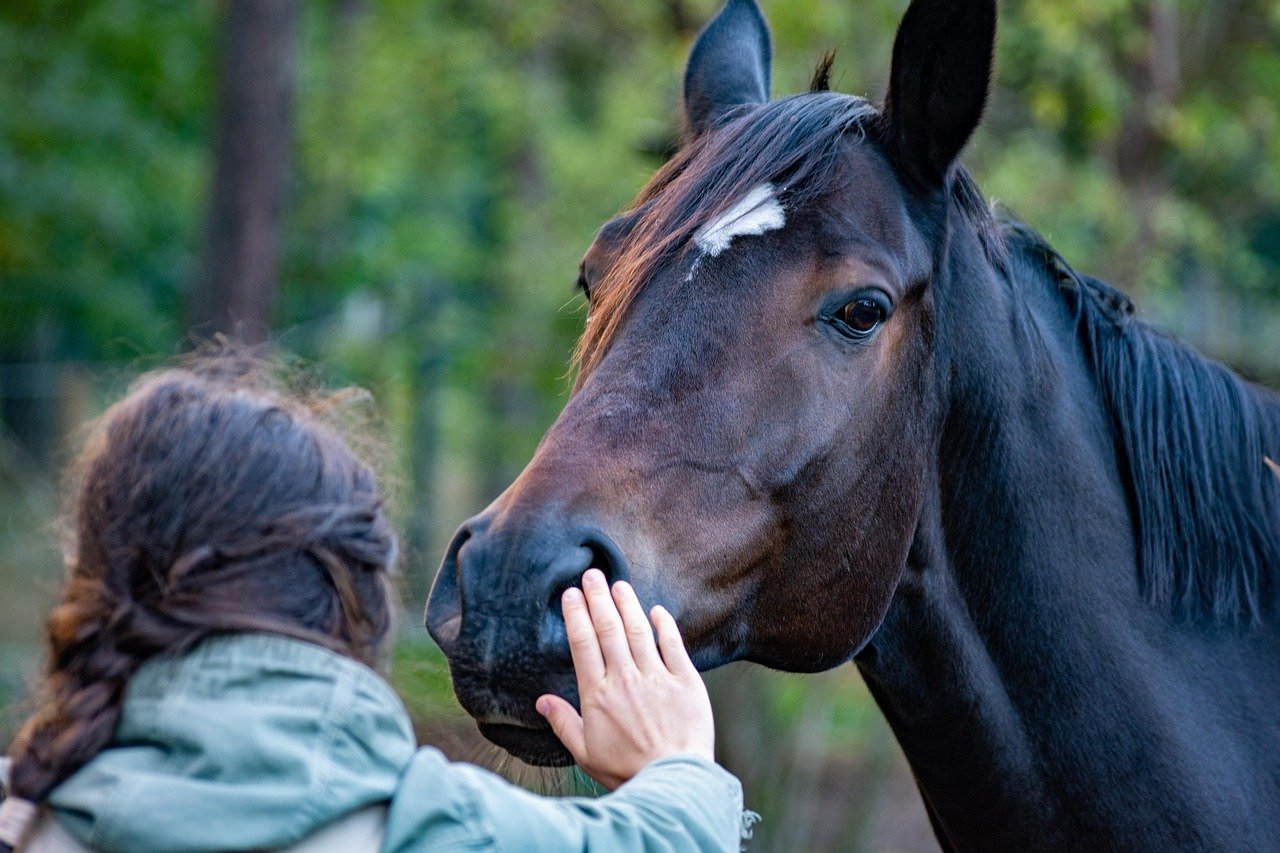Have you ever watched your gentle giant suddenly become a ball of nerves, heart pounding and hooves skittering? It’s a moment that can send a chill down any horse lover’s spine. Horses, with all their beauty and power, are also incredibly sensitive creatures. When fear or anxiety hits, their reactions can be as unpredictable as a storm. But here’s the good news: with the right approach, you can help your horse find calm even in the most stressful situations. Whether you’re a seasoned equestrian or a new horse owner, these tried-and-true tips will help you soothe an agitated horse and turn panic into peace.
Stay Calm Yourself
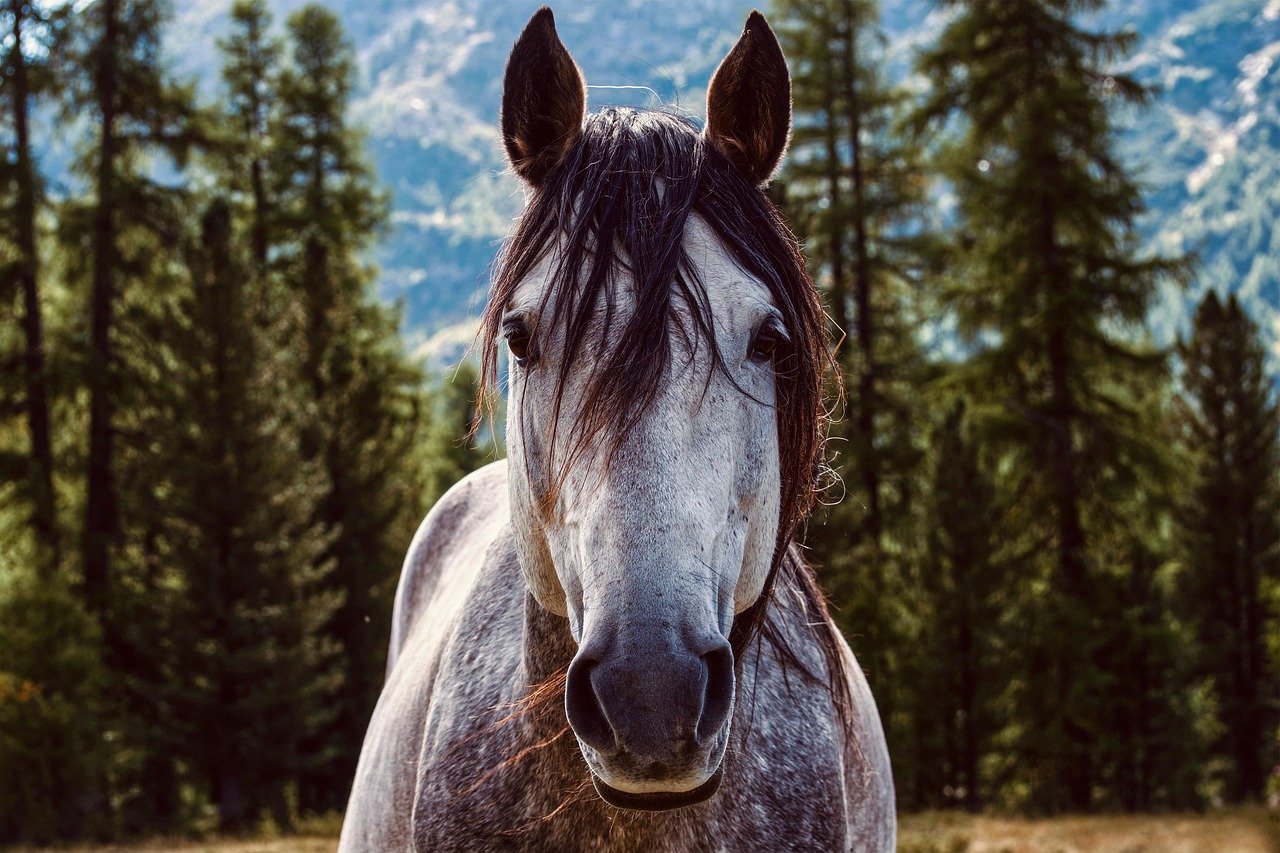
Horses are naturally sensitive creatures, deeply attuned to their surroundings and the emotions of those around them. When agitation strikes—whether from loud noises, unfamiliar environments, or internal discomfort—it can quickly escalate into dangerous behavior if not addressed properly. Knowing how to calm an anxious or upset horse isn’t just a skill—it’s essential for both the animal’s safety and your own.
Your horse looks to you for cues on how to feel. If your heart is racing and your movements are frantic, your horse will pick up on your energy like a mirror. Horses are prey animals, and they read body language with astonishing accuracy. Take a deep breath, slow your movements, and speak softly. By showing calm and confidence, you assure your horse that there’s nothing to fear. Remember, you are the anchor in their storm. Even if you’re feeling anxious inside, try to project a sense of peace on the outside. Your steady presence can work wonders, turning a tense moment into an opportunity for trust. Sometimes, simply standing quietly with your horse and letting them feel your calm heartbeat is enough to help them settle.
Give Your Horse Space
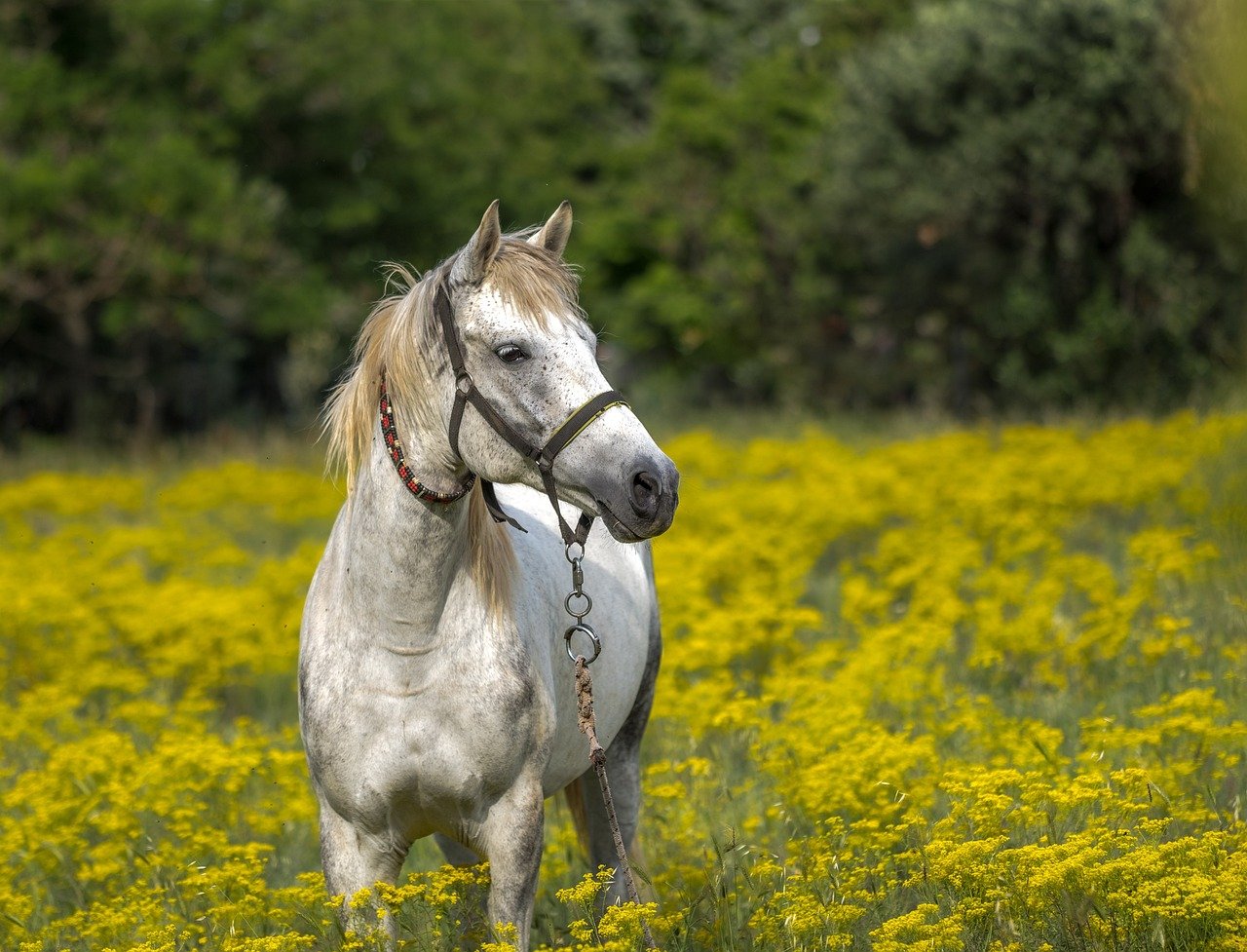
When horses feel threatened, crowding them can make things much worse. If your horse starts tossing their head, prancing, or trying to bolt, resist the urge to grab or hold them tightly. Instead, give them enough room to move safely without feeling trapped. Stand to the side, avoiding their blind spots and hind legs, so you’re not in the line of fire if they spook. Allowing space lets your horse process their surroundings and regain control over their emotions. Sometimes, just backing off a little can be the first step toward calming down. Think of it as giving a frightened friend some breathing room—they’ll appreciate your respect for their comfort zone.
Use a Soothing Voice
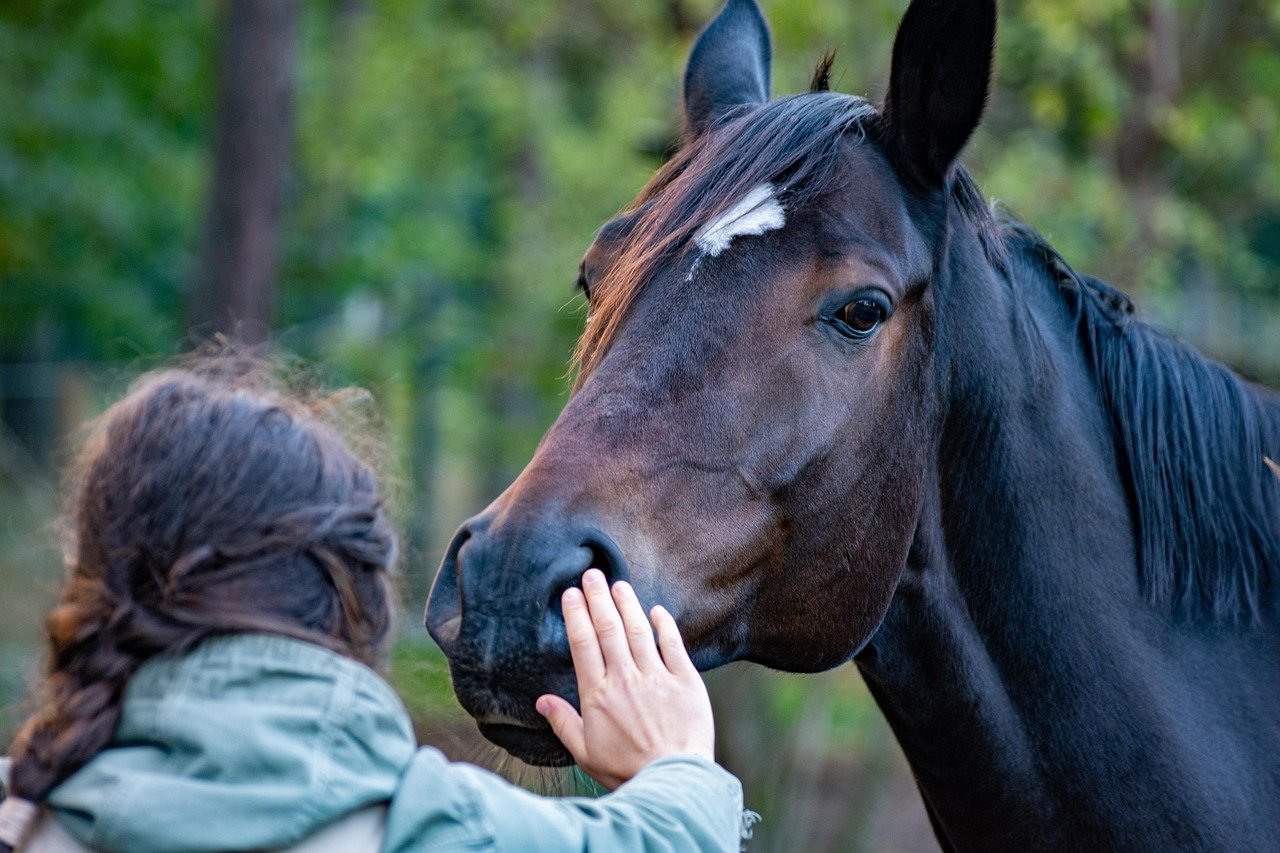
Your voice is one of your most powerful tools for calming an agitated horse. Speak in a low, gentle tone, avoiding sudden loud noises or high-pitched squeals that can increase anxiety. Simple phrases like “easy,” “whoa,” or even just talking about your day can serve as a calming mantra. The rhythm and softness of your voice can help drown out alarming sounds and remind your horse that you’re there for them. Some riders even hum or sing quietly, creating a peaceful soundscape that horses find reassuring. The goal is to turn your voice into a comforting presence—a signal that everything will be okay.
Slow Your Breathing
Horses notice the rhythm of your breath, and they often sync their own breathing to yours. When you’re with an anxious horse, consciously slow your inhalations and exhalations. Take long, deep breaths and let your shoulders relax. This not only steadies your own nerves but also encourages your horse to slow down their breathing, too. It’s almost like a silent conversation—your calm breaths invite your horse to let go of tension. If you notice your horse snorting or blowing, that’s actually a good sign; it means they’re starting to release stress and return to a calmer state.
Remove Triggers When Possible
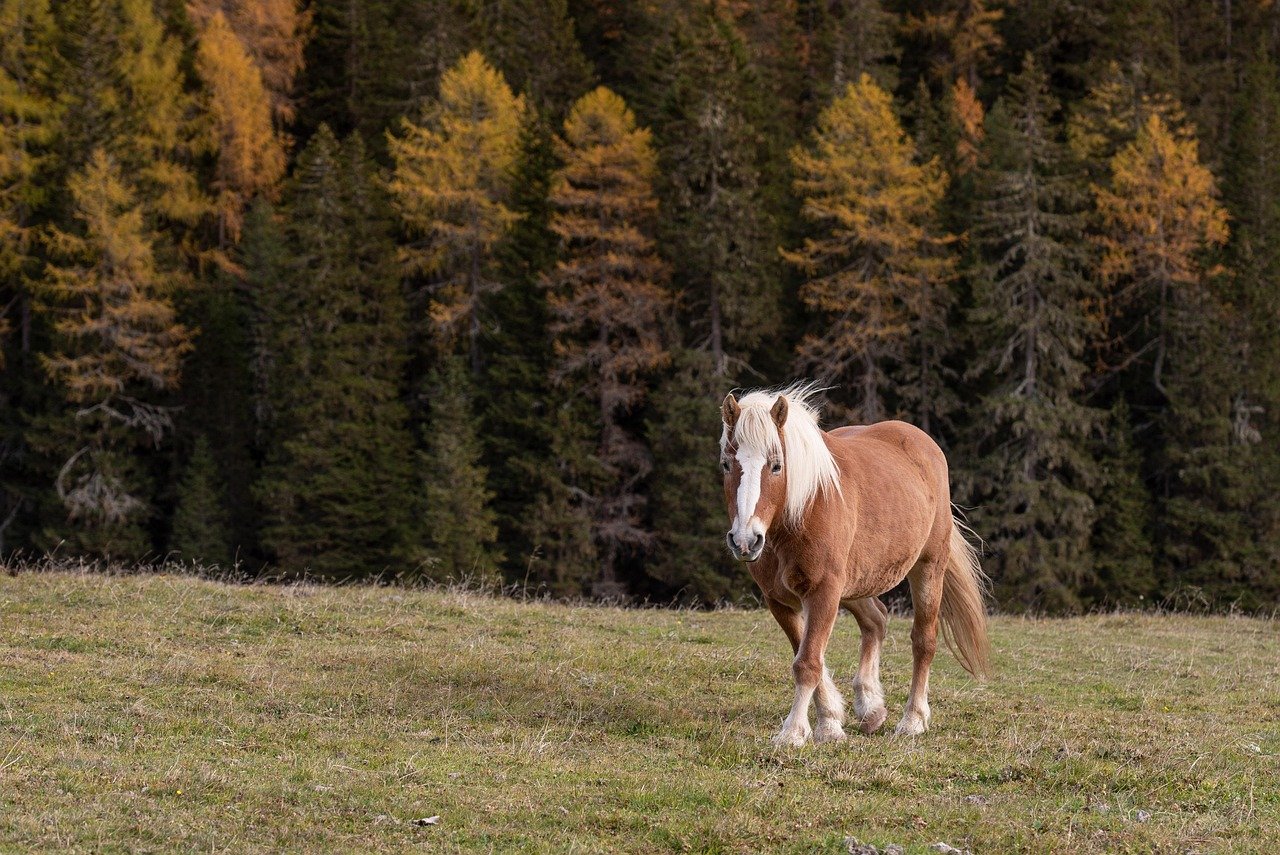
If you can identify what’s causing your horse’s agitation, address it directly. Is there a flapping tarp, a barking dog, or a loud engine nearby? Sometimes, simply moving your horse away from the source or removing the trigger is all it takes. If the trigger can’t be moved—like a thunderstorm—try to shield your horse from it. Lead them to a quieter area or use barriers to block their view. By being proactive, you show your horse that you understand their fears and are willing to help. Over time, this builds trust and can even help your horse become less reactive to triggers in the future.
Use Gentle, Reassuring Touch
Touch can be incredibly soothing when done right. Run your hand slowly and firmly along your horse’s neck or withers, using long strokes that communicate safety and comfort. Avoid patting or slapping, as these can be startling. Some horses respond well to a gentle scratch in their favorite spot, while others prefer the calm pressure of your palm. If your horse is too agitated to be touched, don’t force it—wait until they show signs of relaxing before making contact. Your goal is to remind them, through your touch, that they’re not alone and that you’re a source of comfort.
Lead Your Horse in Circles

If your horse is too nervous to stand still, gently leading them in small circles can help redirect their energy and give them something to focus on. Walking in circles is a time-honored technique because it helps a horse use their body and mind in a controlled way. Keep your movements steady and consistent, using soft cues with the lead rope. As your horse starts to focus on you and the task at hand, their anxiety often melts away. Circling works like a reset button, helping to break the cycle of panic and restore calm. It’s a simple trick, but it can be incredibly effective when you need it most.
Keep Things Familiar
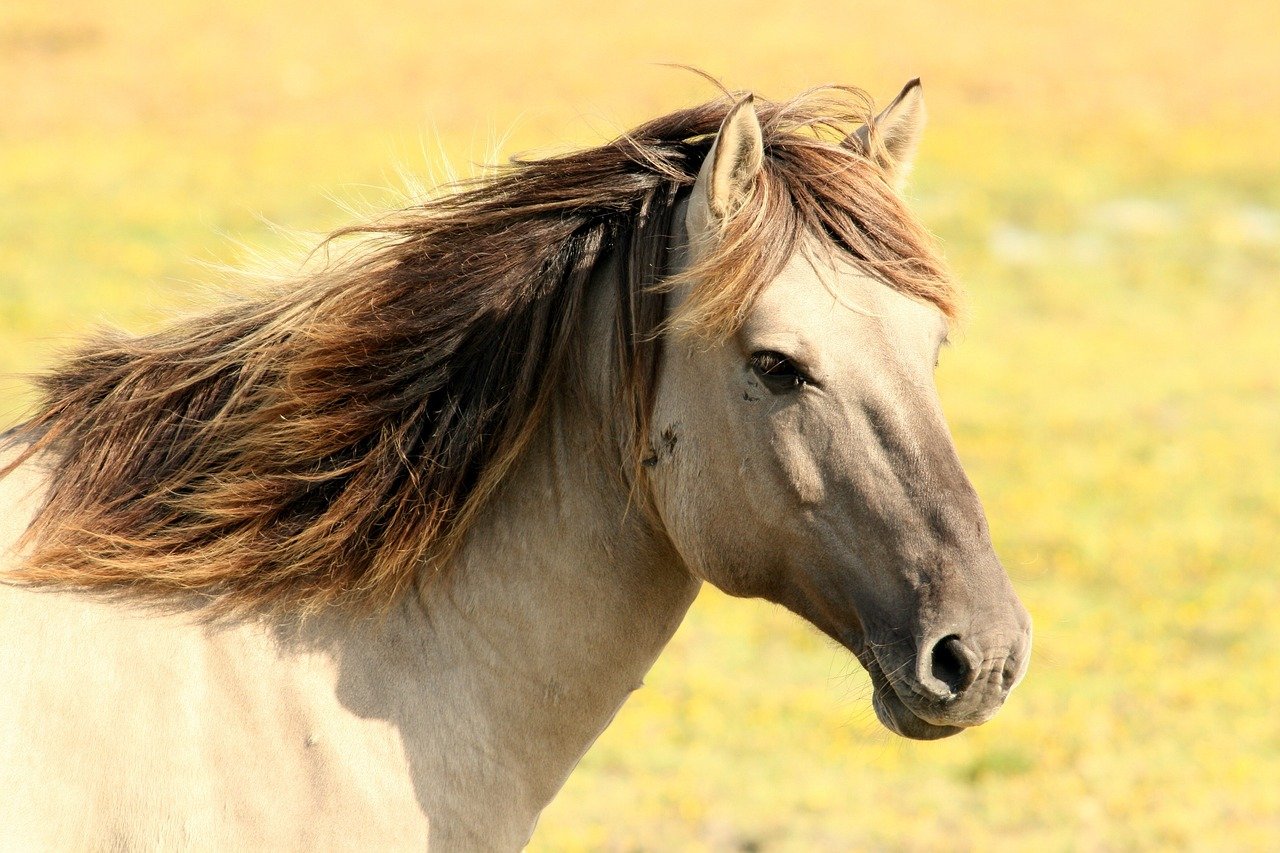
Familiarity is a powerful antidote to fear. Whenever possible, surround your horse with things and routines they know well. Use their regular halter, lead them to their usual grooming spot, or let them hear your familiar whistle. A favorite buddy horse, familiar smells, or a well-loved brush can all provide comfort. Horses thrive on routine, and even small touches of the familiar can help ease their nerves. If you’re in a new place, try to recreate aspects of home—it’s amazing how much reassurance a simple routine can bring to a worried horse.
Try Distraction Techniques
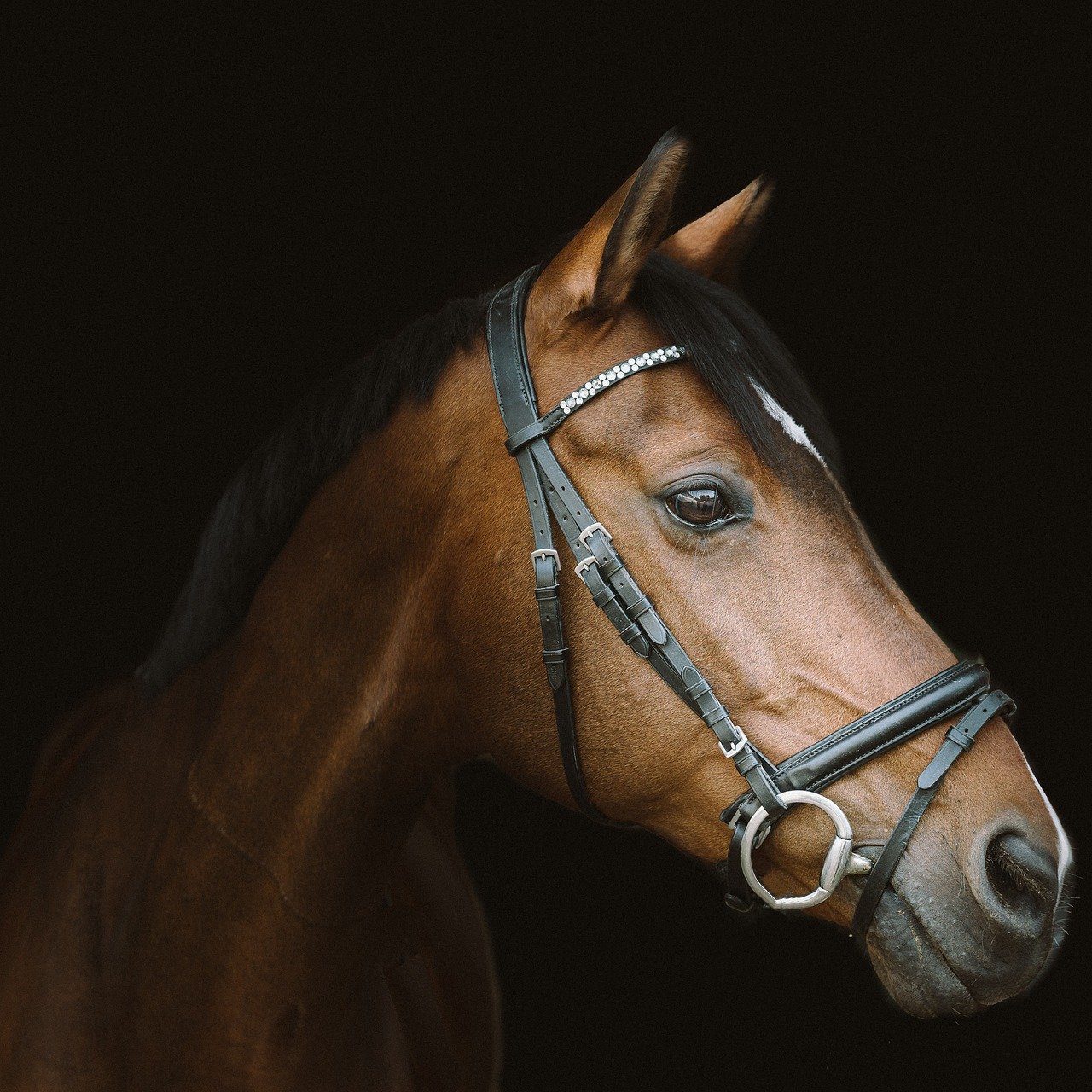
Sometimes, the best way to calm an agitated horse is to redirect their attention. Offer a favorite treat, ask for a simple command they know well, or introduce a gentle game like “touch the target.” These activities shift your horse’s focus from whatever scared them to something positive and familiar. It’s like distracting a child with a favorite toy when they’re upset. Keep the distraction light and fun, avoiding anything too challenging or stressful. The goal is to help your horse find a new mental groove, breaking the cycle of worry and replacing it with curiosity or enjoyment.
Practice Desensitization Over Time
The best way to handle agitation is to prevent it from happening in the first place. Gradual desensitization—exposing your horse to scary things in a controlled and positive way—can build their confidence and reduce overreactions. Start with small exposures, rewarding calm behavior, and slowly increase the challenge as your horse becomes more comfortable. This isn’t a quick fix, but over time, your horse will learn that new or surprising things aren’t so scary after all. Patience is key, but the payoff is a more relaxed, trusting relationship with your horse.
Calming an agitated horse requires more than quick fixes—it demands patience, observation, and a genuine connection. Each horse is unique, and learning to recognize their stress signals and respond with consistent, gentle strategies builds trust over time. Whether it’s through controlled breathing, quiet presence, or simple routine adjustments, your calm energy can make all the difference. By applying these 10 tips thoughtfully, you’re not only diffusing tense moments but also strengthening the bond between you and your horse—creating a safer, more harmonious partnership for the long haul.

Linnea is a born and bred Swede but spends as much time as possible in Cape Town, South Africa. This is mainly due to Cape Town’s extraordinary scenery, wildlife, and atmosphere (in other words, because Cape Town is heaven on earth.) That being said, Sweden’s majestic forests forever hold a special place in her heart. Linnea spends as much time as she can close to the ocean collecting sea shells or in the park admiring puppies.

